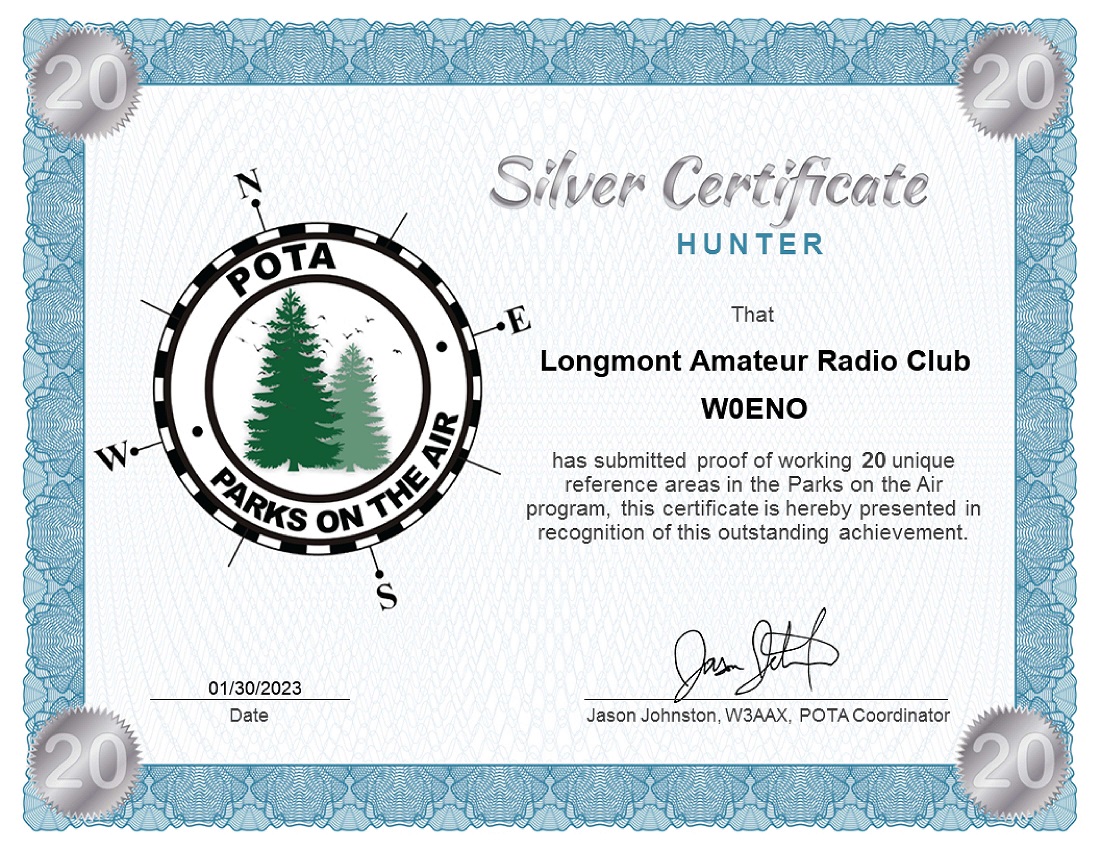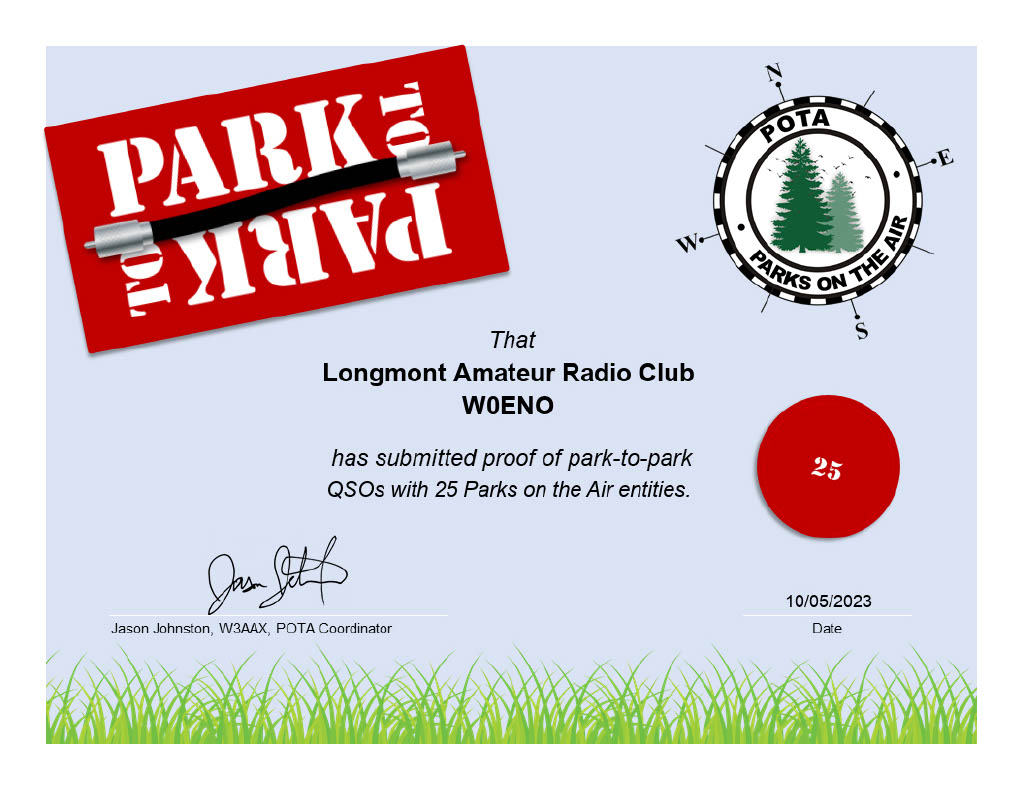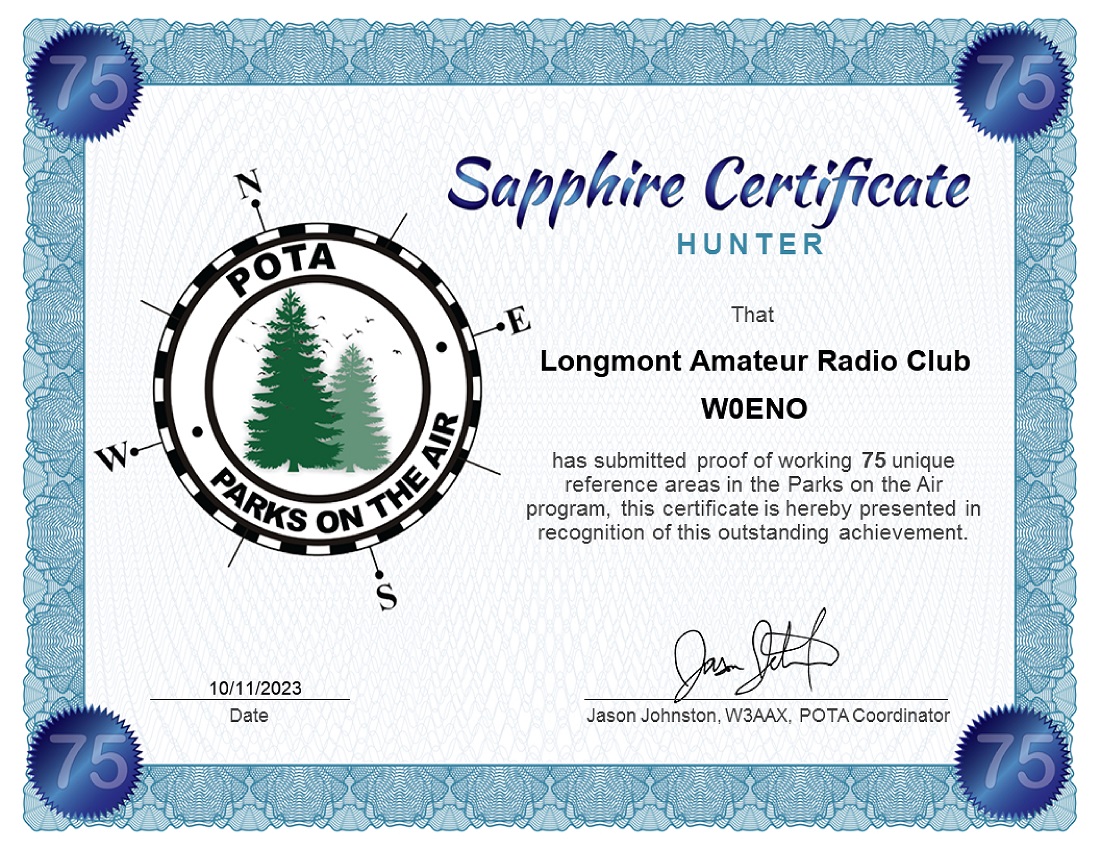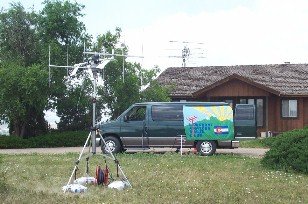Part 2 of my postings on bringing my 1965 era Heathkit HW16 back on the air
Last month, I made general observations about my 1965 vacuum tube based Heathkit HW16 transceiver as compared to a modern transistor/microprocessor radio.
As we left the story, I said “things where generally working….”. Well, as I 10/3/21, I made my 1st contact with this radio – about 20 miles on 80 meters between my home in Erie and Don, WB4FAS in Mead. Not only could Don hear me, but he said the signal was clean. Key “chirp” and “hum” is a common problem in old radios.
If you’re interested in how a non-expert slowly explores the inside of his radio, I did the following;
- I observed that transmit power seemed to be low. I was taught that if a piece of equipment once worked, start at the output and move backward through the stages looking for the 1st stage where things aren’t right. That’s a good method, but you don’t need to be overly rigid about it. You can wander around, looking at stuff that is easy to observe trying to find things that are obviously wrong. So, with my oscilloscope and digital multimeter, I checked
- All the outputs of the power supply where correct. Voltage and ripple/other noise
- That the CW keying dropped grid bias to the right level.
- That there was an output signal on the antenna connector
- That the cable to dummy load was good
- That the cable from the vfo was good & there was a VFO signal, on the right frequency
- With my Tiny-SA (Spectrum Analyzer), I observed transmit signal was on right frequency (and no obvious spurs or harmonics)
- I cleaned the all the wafers of the band switch. They all showed some oxidation, but where in good repair.
When the dust settled, the following where the outcomes;
- Cockpit errors and equipment problems
- Bad BNC connector on cable from VFO. Needed to get a 93 ohm BNC cable.
- Cold solder joint when I replaced RCA antenna connector with BNC
- A Heathkit SWR bride came as part of the deal. It’s was somehow stuck, showing less than 5 watts. That is a mystery. Pumping 100 watts thru it using my main rig, cleared it.
- There are several alignment steps. You use a special plastic hex head tool to adjust slugs in coils to peak the output on each of 3 bands. (BTW – there is still alignment on modern radios. It is done via the on-board computer with values stored in setup memory. In old radios, you move a ferrite up/down inside a big inductor).
- New driver and power amplifier tubes where installed. Yes, you can still buy tubes and they are about $5 each. The old worked, but where about 20% low on output power.
- I got an “eye roll” and “hand slap” by several on the internet about putting my scope probe on the plate of the power amplifier. When transmitting, there is a 700 volt sine wave on that pin. Most scopes have a maximum rating of 300-400 volts. Mine is higher rated and survived OK. All is well. I have learned a little about “RF Probes” to be used for such situations.
- Things failed in the radio as received from prior owner
- Really nothing. I anticipated resistors and capacitors that had radically changed value or totally failed. I feared failure of “unobtanium” part (coils, variable capacitors, power transformers, etc that you cannot obtain except by scavenging from another “donor” radio). But, none of that happened.
- Big high voltage electrolytic “can” capacitors are notorious for failing with age. Standard practice is to buy the “recap” kit from https://hayseedhamfest.com/ and promptly install them. I have the kit and have done the installlation. That area of the radio is kinda crowded with voltage divider resistors.
- A mysteries that remain is RF power output.
Today, radio spec sheets only talk about RF Power Out. “Back in the day”, they talked about “Power In”. Old FCC rules on CB radios specified 5 watts maximum “power in”. For a tube radio, “power in” is plate voltage times plate current. For a transistor radio, it was collector voltage times collector current.
After the power amplifier plate (or collector), comes the tank circuit. The tank circuit is a resonant LC network that filters out unwanted output frequencies and, for Class AB or C amplifiers, fills in the missing parts of the output sine wave (more on that another time). It also is an impedance transformer – bring the higher plate impedance down to the 50 ohms expected by the antenna. It seems that the HW16 has a lot of power loss in the tank circuit.
I am still trying to understand this and keep pestering others on the internet that seem to have knowledge on this. But, my HW16 is producing the 50 watts output that is commonly considered normal and correct. Many suggest the original Heathkit designer must have considered options on power and must have had good reasons to settle on 50 watts.
- Usage experience
- The 1st thing one observes when attempting a QSO is you don’t have a digital frequency display, accurate down to the 10 Hz. Your mechanical dial says you are at a frequency, plus or minus about 5 Khz. An option on old radios was a “crystal calibrator” which would put out a tone every 100 Khz. You would turn it on and adjust your radio’s dial to line up with the 100Khz signal.
- The 2nd thing is that your signal drifts. Old rigs need to sit with power on for 30-60 minutes before everything has thermally settled down and stabilized.
The 3rd chapter of this saga will be a walk through the receiver. It seems to work fine, but I am excited to observe with scope and meter how the rf amplifier feeds the intermediate frequency mixer which feeds the …… (you get the idea).















